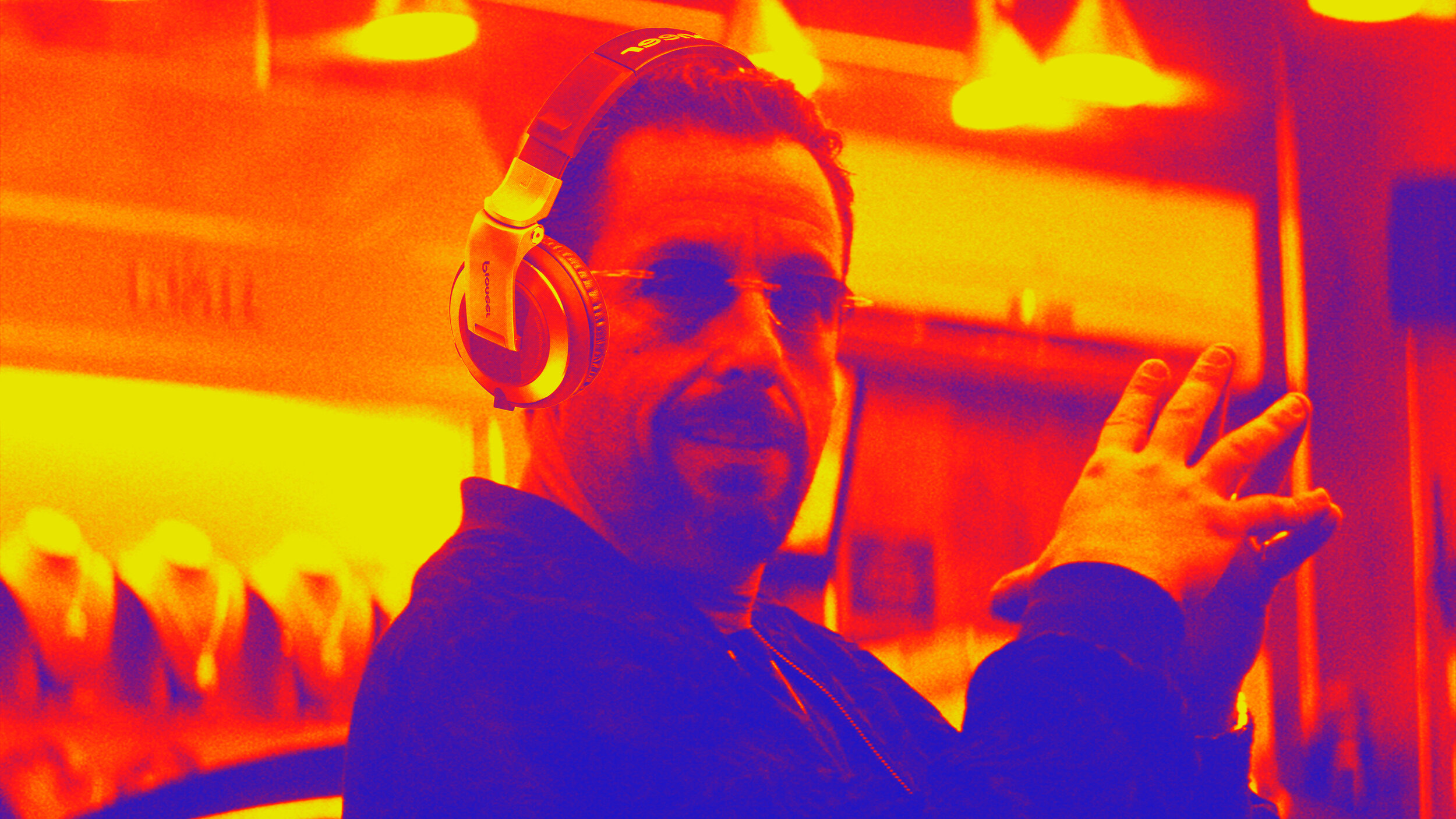Daniel Lopatin’s ‘Uncut Gems’ Score Deserved Oscar Recognition
by Kyle Bray
The Safdie brothers’ 2019 film “Uncut Gems” got snubbed by the Oscars in multiple categories, but one of the more egregious snubs came for Best Original Score. Daniel Lopatin, who is more commonly known by his stage name Oneohtrix Point Never, produced and composed the score for “Uncut Gems” and was able to perfectly capture the essence of this chaotic film.
For those unfamiliar with the movie, here’s a somewhat spoilerless summary—but be warned, there will be more spoilers ahead. “Uncut Gems” follows a New York jeweler and degenerate gambler named Howard Rattler, played by Adam Sandler, who risks his life and the lives of those around on him two big scores—a parlay bet on Kevin Garnett and the Celtics in the 2012 NBA Playoffs and a rare uncut black opal gem.
The function of any film score is to be intertwined with the movie it features in, but of the many scores from last year’s powerhouse selection, the score for “Uncut Gems” accomplishes that the best. The score blends with the feelings of the characters well and does a great job unsettling the viewer during some of the more hectic scenes.
The film opens with a musical cue not featured on the subsequent soundtrack album, that for the sake of clarity we will call “The Gem Theme.” “The Gem Theme” isn’t long enough to be its own track, but it is a theme that plays pretty much anytime the opal is on screen or when a character stares at it. It’s a long droning synth bass that adds to the mystery and ethos of the opal itself, as Kevin Garnnett, one of the main characters, believes that the stone possesses some magical power that helps him play basketball better.
The first song on the soundtrack, “The Ballad of Howie Bling,” begins when two Ethiopian miners discover the gem and the camera takes a deep dive into the opal. The score for “Uncut Gems” pulls from many influences, particularly synth scores of the ‘70s and ‘80s. These influences are on full display as the camera dives through the opal. Luscious synth leads dance back and forth and guide the viewer through the vast landscape of the gem’s interior, eventually emerging in the real world through Howard Rattler’s colon.
Once the camera emerges into the real world, a set of low and high pitched vocals take over and guide the viewer into the bedlam of Howard’s life. “Uncut Gems” is a film that thrives off of chaos. The story is dense with many interlocking storylines, people are often shouting over each other and swearing. The sound mixing is incredibly deep with small conversations and sounds sprinkled in all throughout the dialog scenes.
These vocal synth pads only add the intensity and anxiety of each scene, especially the first one, when Howard is trying to sell jewelry to a young rapper while also dealing with two debt collectors pestering him about an unpaid debt. The shots are tight, the voices are loud, and the action and cuts are rapid. When combined with all the incessant voices creeping up in the score, the viewer witnesses a perfectly crafted environment of tension and adrenaline.
Another moment in the film where the chaos of Lopatin’s score syncs up with the movie is when Howard confronts the debt collectors at his daughter’s school play. The song in the scene, appropriately titled “School Play”, mirrors the anxiety and panic that Howard feels as he attempts to flee from the collectors.
The song itself is driven by intense arpeggios that almost chase Howard through the school as he frantically looks for an escape. The closer the collectors get to him, the louder and faster the score is brought into the mix. When Howard is eventually captured, the scene mimics the opening scene in the shop, but with heightened stakes. The cuts are tighter, everyone in the car is shouting, everything is dark, and the ascending scales get even more intense to build up the panic Howard is feeling at the moment.
Since Howard is a degenerate gambler, his life rides on the highest of highs and the lowest of lows. The score does an excellent job of highlighting his rollercoaster of a life. Songs like “The Bet Hits” and “Highlife” both come immediately after he wins his first parlay. Instead of the heartracing arpeggios and loud vocal bites, Lopatin uses light, fun, and high pitched synth pads with fluttering flute passages. During songs like “Back to Roslyn” and “The Fountain”, which find Howard sulking at rock bottom, the dark vocal synths return and the bright synth leads are replaced with low thundering synth bass.
Lopatin’s immense score is not only great on its own, but is incredibly intertwined with the film. No other score could have done a film like “Uncut Gems” justice and for that, it truly did deserve a nod for the Best Original Score. Lopatin even used his actual name for the score, which he said in an interview with Moog Music Inc was because he was so excited to make this score. At the end of the day, the Oscars aren’t the be-all-end-all of music criticism, but it is unfortunate that such a great score got overlooked, because of course, John Williams needs to prove that he can in fact make an Oscar-worthy score… for the 52nd time.


So well put. Up there with Bladerunner for a soundtrack that feels like it emenated from the film itself x Lopatin is a genius x